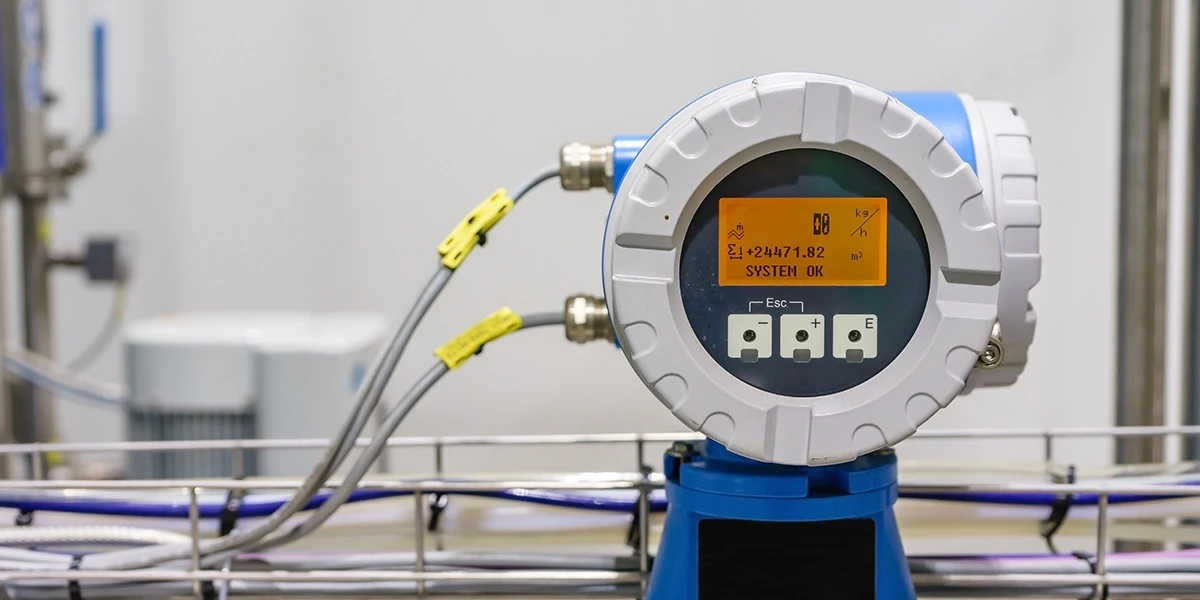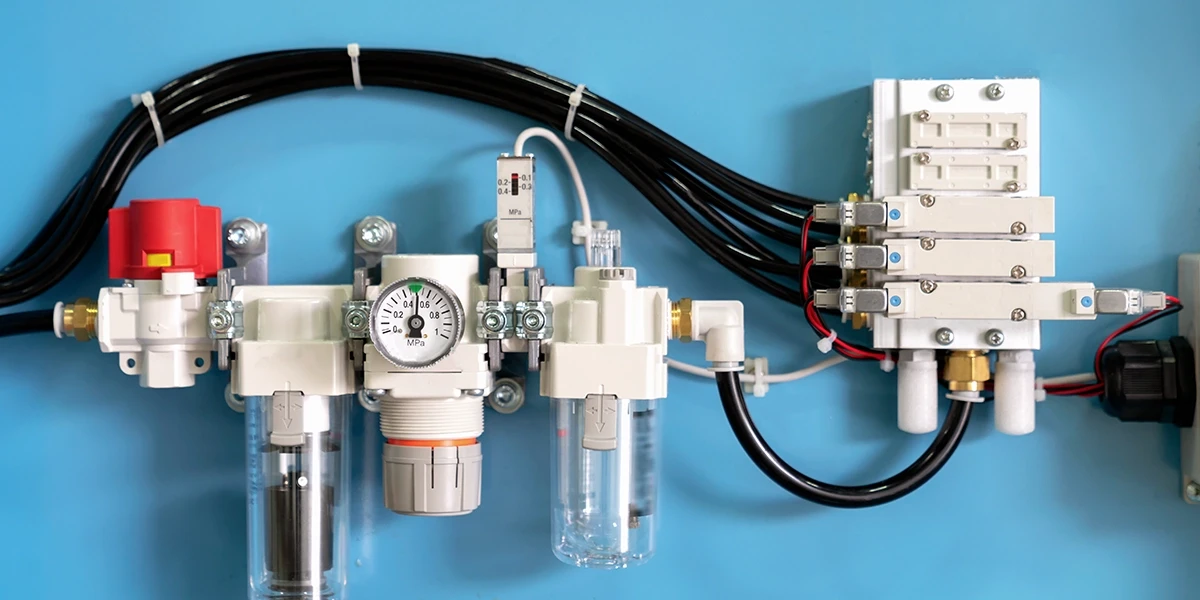In the dynamic realm of B2B (business-to-business) transactions, lead generation and procurement stand as linchpins for sustainable growth and profitability. Yet, despite the abundance of digital tools and resources, B2B companies often grapple with numerous challenges in effectively attracting, nurturing, and converting leads into valuable business relationships. From identifying the right target audience to navigating the complexities of procurement processes, each stage presents its unique set of hurdles. In this comprehensive exploration, we delve into the common challenges faced in B2B lead generation and procurement, along with strategic solutions to overcome them.
Leads are 9x more likely to convert when businesses follow up within 5 minutes.
In the realm of B2B lead generation, the term "B2B leads" refers to individuals identified as potential customers for your business. These individuals are categorized as likely to derive value from utilizing your product or service.
There are two primary types of B2B leads:
Marketing-qualified leads, or MQLs, are targeted leads assessed as highly probable to become paying customers. Their qualification is based on the level of engagement demonstrated with your business's marketing efforts.
Examples of MQL engagement include:
Sales-qualified leads, or SQLs, are MQLs who have progressed further along the sales funnel and are deemed ready for engagement with your sales team. To be designated as an SQL, the lead must have demonstrated an intent to purchase your company's product or service.
This intent may be indicated through various means, such as:
Most midsize and large companies produce fewer than 5,000 qualified leads monthly
B2B lead generation is orchestrated by sales and marketing professionals, either independently or, more commonly, as part of collaborative teams. For optimal effectiveness, sales and marketing teams must maintain close alignment.
Within the realm of B2B lead generation, sales teams often divide into two distinct groups, each tasked with specific responsibilities:
This group is charged with the sourcing, scoring, and engagement of leads, as well as scheduling meetings.
Responsible for conducting product demos, closing deals, and ultimately driving revenue for the business.
This approach offers several benefits:
For further insights, consider exploring resources such as:
In the domain of B2B lead generation, marketers typically fall into two distinct categories, each with its unique focus and approach:
This group concentrates on the entire revenue cycle of B2B lead generation. Their objective is to nurture leads, guiding them from brand awareness to becoming loyal customers and advocates.
These marketers prioritize rapid revenue growth while minimizing expenditures, a common trait in early-stage startups. They tend to adopt experimental approaches, although their activities may be less scalable.
Despite their contrasting methodologies, both groups share a common reliance on data analysis and experimentation to inform their strategies, with a laser focus on achieving successful B2B lead generation.
For further exploration, consider diving into resources such as:
B2B lead generation encompasses a multifaceted process involving various stakeholders, intricate decision-making hierarchies, and evolving market dynamics. At its core lies the imperative to establish meaningful connections with potential customers who not only have a genuine need for the product or service but also possess the authority to make purchasing decisions. However, in today's digital age, where search engines reign supreme and information overload is rampant, cutting through the noise to reach decision-makers poses a formidable challenge. The consensus among 80% of marketers is that marketing automation leads to increased lead generation and conversions.
One of the primary hurdles in B2B lead generation is accurately pinpointing the pain points of potential customers. These pain points encapsulate the challenges, frustrations, or unmet needs that businesses encounter in their operations. Failure to grasp and address these pain points effectively can result in missed opportunities and ineffective marketing campaigns. To mitigate this challenge, B2B companies must conduct thorough market research, engage in active listening, and leverage data analytics to uncover nuanced insights into the pain points of their target audiences.
In the journey from lead acquisition to conversion, the transition from marketing qualified leads (MQLs) to sales qualified leads (SQLs) represents a critical juncture. While marketing efforts may successfully generate interest and inquiries, converting these leads into tangible sales opportunities requires a strategic approach. Moreover, in the B2B context, where purchasing decisions often involve multiple stakeholders and protracted sales cycles, nurturing leads becomes even more imperative.
Effective lead nurturing hinges on the delivery of relevant and valuable content tailored to the specific needs and preferences of the target audience. Whether it's informative blog posts, insightful case studies, or engaging whitepapers, content catalyzes building trust, establishing thought leadership, and guiding leads through the decision-making process. By leveraging diverse content formats and distribution channels, B2B companies can foster meaningful engagements and propel leads closer to conversion. According to Forrester, an increasing number of business buyers are expected to express dissatisfaction with inadequately personalized content, with over 70% voicing their displeasure. Specifically, buyers will criticize the content for its failure to demonstrate an understanding of their organization's business conditions or needs.
In parallel with lead generation efforts, navigating the intricacies of procurement processes constitutes a significant challenge for B2B enterprises. Procurement involves a series of structured steps, negotiations, and evaluations aimed at selecting the most suitable vendor or supplier for fulfilling business needs. However, inherent complexities such as budget constraints, regulatory requirements, and competitive bidding landscapes often complicate the procurement journey.
Lead generation presents several challenges for businesses, including increasing competition in saturated markets, evolving consumer behavior, and the need for personalized and targeted marketing strategies. Additionally, maintaining high-quality data and managing lead nurturing processes efficiently can be demanding tasks. Furthermore, regulatory changes, such as privacy laws and restrictions on data usage, add complexity to lead generation efforts, requiring businesses to adapt their practices to comply with legal requirements while still reaching their target audience effectively.
Generating leads is no longer as straightforward as it used to be, with 61% of marketers citing traffic and lead generation as their primary challenge, according to a report by HubSpot. 53% of marketers spend at least half of their budget on lead generation.
Central to successful procurement is the establishment of strong relationships with key decision-makers within prospective organizations. These decision-makers wield significant influence over purchasing decisions and play a pivotal role in vendor selection processes. By engaging decision-makers early in the B2B lead generation process and cultivating personalized interactions based on their specific preferences and pain points, companies can position themselves as trusted partners and increase their chances of securing procurement contracts.
In B2B lead generation and procurement, data serves as a cornerstone for informed decision-making and strategic planning. By harnessing the power of data analytics, B2B companies can gain actionable insights into customer behavior, market trends, and competitive landscapes. These insights enable more targeted marketing campaigns, personalized outreach efforts, and proactive adaptation to evolving market dynamics.
Consider a B2B software company seeking to enhance its lead generation efforts. By analyzing customer data and behavioral patterns, the company identifies specific industries with a high propensity for adopting its product. Leveraging this insight, the company tailors its marketing campaigns and messaging to resonate with the pain points and priorities of prospects within these industries. As a result, lead conversion rates improve significantly, and the company gains a competitive edge in the market.
In the pursuit of sustainable growth, B2B companies must prioritize the acquisition of ideal customers – those entities that align closely with their value proposition, exhibit a genuine need for their product or service, and possess the capacity to invest. However, amid the vast pool of potential customers, identifying and targeting these ideal customers can be a daunting task.
To effectively target ideal customers, B2B companies must refine their ideal customer profiles based on a comprehensive analysis of demographic, firmographic, and behavioral attributes. By segmenting the target audience into distinct personas and tailoring marketing initiatives accordingly, companies can maximize the relevance and resonance of their messaging. Furthermore, ongoing refinement and iteration of ideal customer profiles enable companies to adapt to shifting market dynamics and emerging opportunities.
In the dynamic landscape of B2B lead generation and procurement, navigating challenges and seizing opportunities requires a combination of strategic foresight, data-driven insights, and customer-centric approaches. By understanding the pain points of potential customers, nurturing leads into sales-qualified leads, overcoming procurement challenges, and targeting ideal customers, B2B companies can unlock untapped potential and drive sustainable growth. In essence, effective B2B lead generation and procurement strategies not only facilitate business expansion but also foster enduring partnerships and value creation in the digital age.
eINDUSTRIFY's approach to lead generation starts with understanding the unique needs and preferences of target audiences. Through advanced data analytics and market research, we help businesses identify and prioritize leads that are most likely to convert into valuable customers. Partnering with us offers businesses the opportunity to overcome common challenges in B2B lead generation and procurement and achieve their sales and procurement goals effectively. Explore our B2B e-commerce platform, eINDUSTRIFY, and get hassle-free solutions to all your procurement needs. So, contact us now via email at info@eindustrify.com or call us today at +1 888 774 7632 and Register for access to a premium Global marketplace.
Tags: B2B Lead Generation B2B Procurement B2B Effective Strategies
RECENT POSTS:

Essential Power Transmission Accessories for Industries

Best Industrial Sensors for Automation

Uses of Industrial Control Equipment

Top Bearings and Power Transmission Solutions

Buy Battery Energy Storage Systems Now

Benefits of Pneumatic Systems Today

Durable Air Regulator Valve for Heavy-Duty Industrial Use

Power Motors Drive Today’s Industries